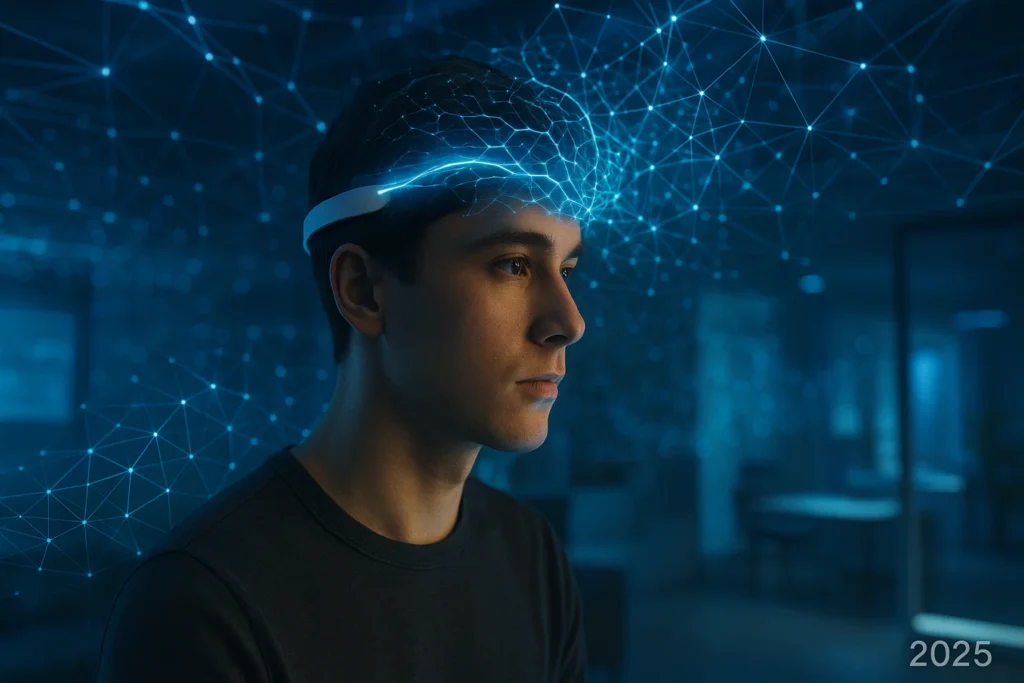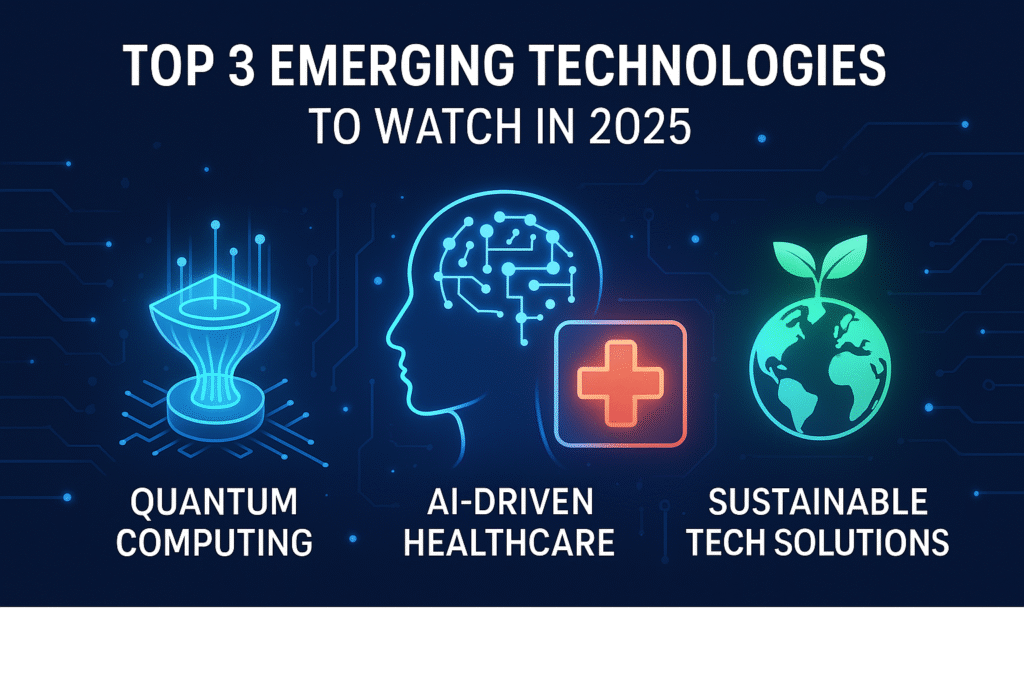Brain-computer interfaces (BCIs) are no longer science fiction — they are becoming a transformative technology in 2025, bridging the gap between human cognition and digital systems. Here’s how BCIs are reshaping the future:
Direct Neural Control of Devices
BCIs enable users to control computers, prosthetics, and smart home systems directly with their thoughts, offering new possibilities for accessibility and convenience.
Medical Applications
BCIs are providing breakthroughs in treating neurological conditions such as paralysis, epilepsy, and Parkinson’s disease by restoring or enhancing neural function.
Cognitive Enhancement
Some startups are developing non-invasive BCIs aimed at enhancing memory, focus, and mental agility, paving the way for a new era of human augmentation.
Virtual Reality Integration
By integrating with VR systems, BCIs create more immersive, intuitive experiences, where users can navigate digital environments with pure thought.
Ethical and Security Challenges
As BCIs grow more powerful, new ethical debates and cybersecurity risks emerge, requiring strong regulations to protect cognitive privacy and mental autonomy.
In 2025, brain-computer interfaces are opening extraordinary possibilities — from medical miracles to next-level digital interaction.
Understanding and responsibly developing this technology will be key to unlocking its full potential for humanity.




Pingback: Top 5 AI-Powered Smartwatches to Buy in 2025 | Finyora | Lifestyle & Technology